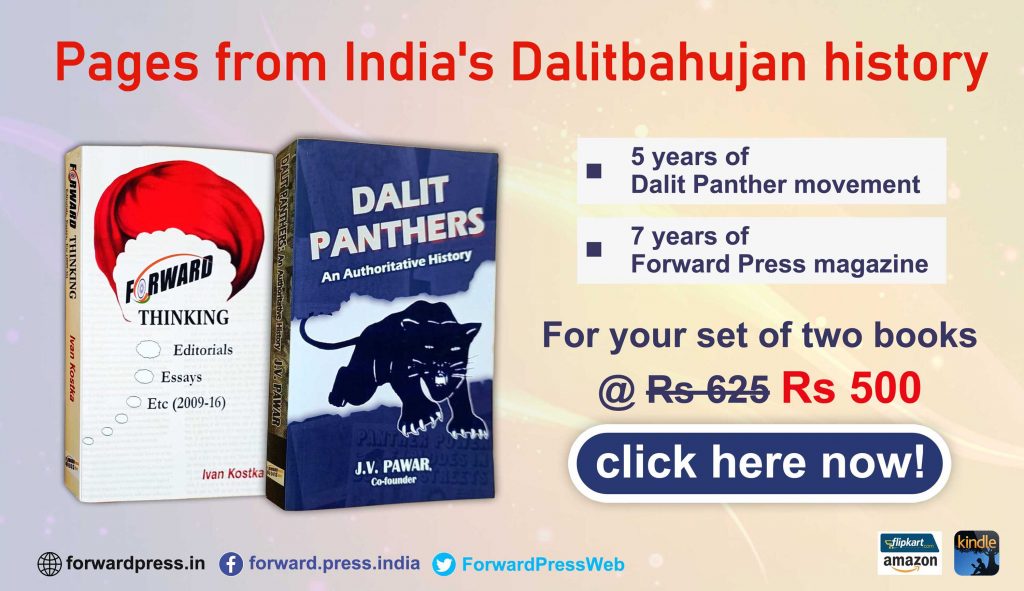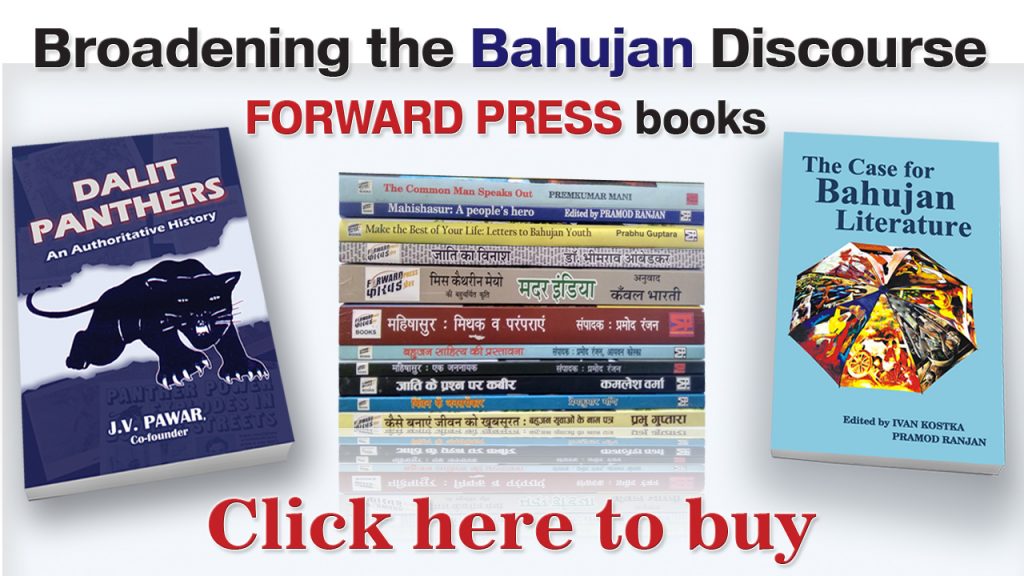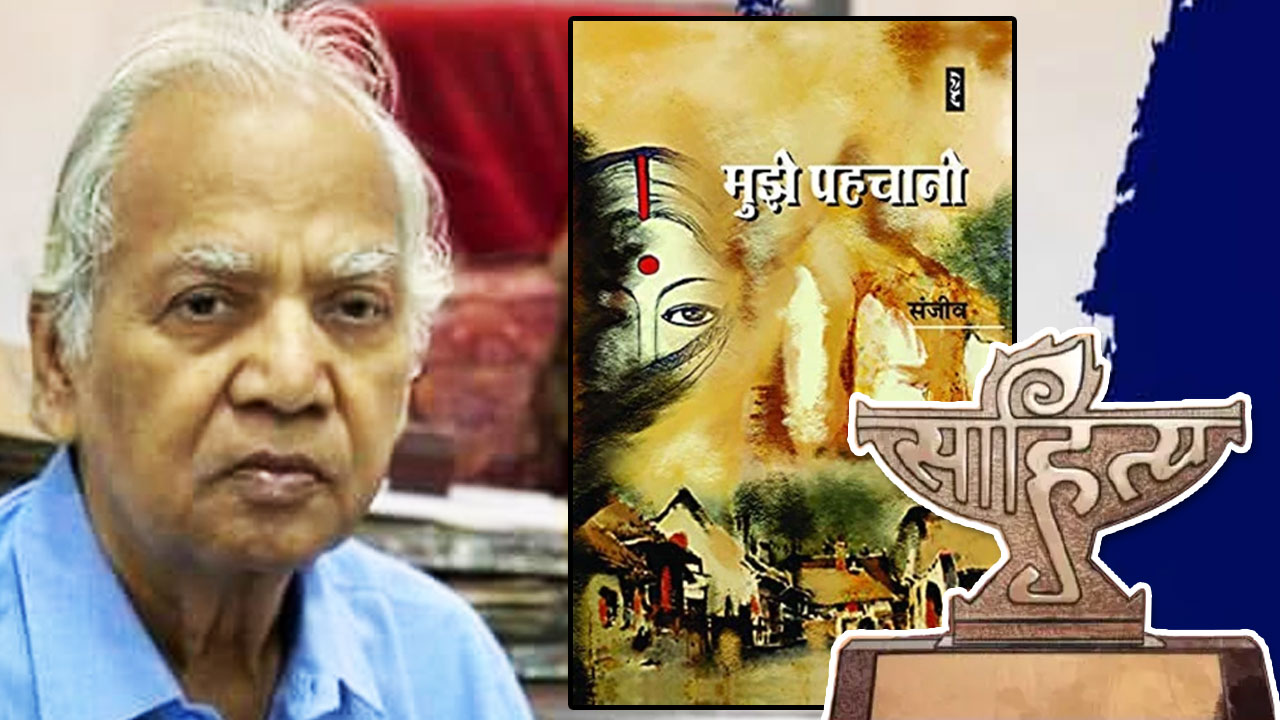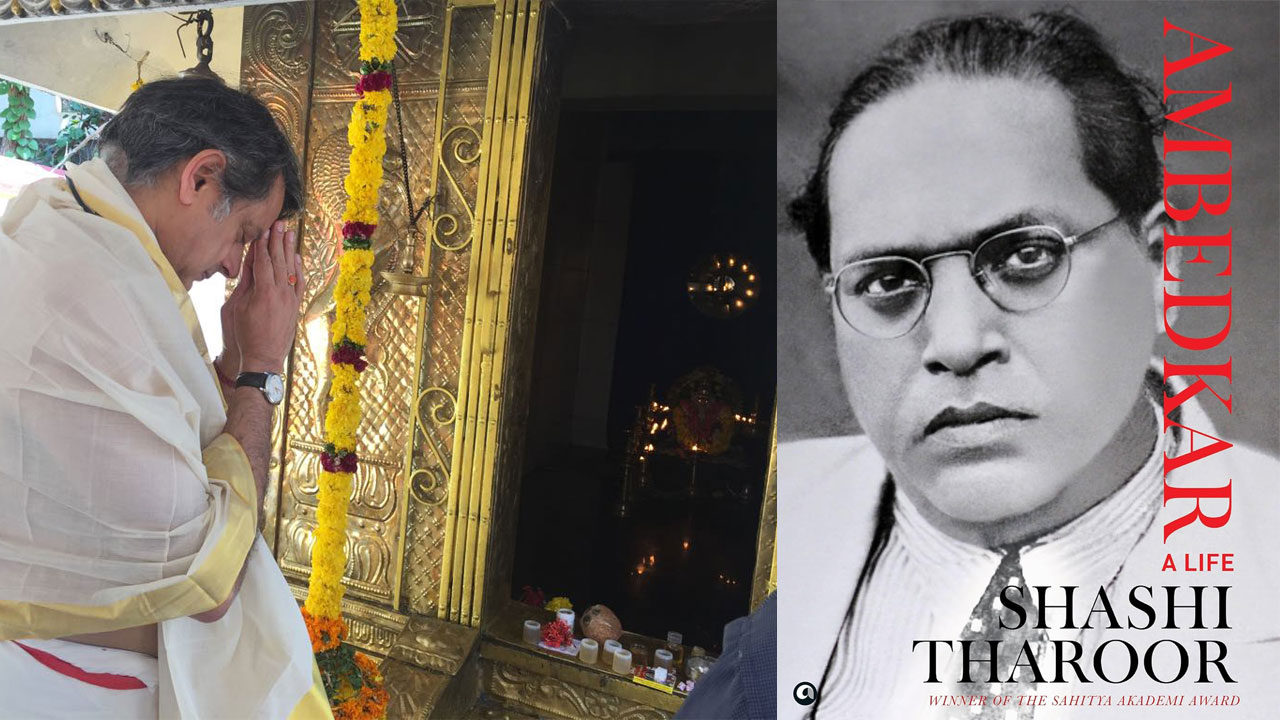There can be little doubt that the caste system has contributed significantly to creating a tiny elite and to marginalizing the majority. The caste system and its implications for society have found expression in literature. Dalit Literature contends that even in the 21st century, the upper castes have not shed casteism. The Dalit litterateurs have used every intellectual tool in their possession to expose the monstrosities of the caste system. However, the question of caste was missing from the “Nai Kahani” movement, which was focused on the aspirations, the desires and the pains of the middle class. The credit for social mobilization against the caste system must largely go to Dalit Literature. This series dwells on short stories by leading Dalit writers which explore social discrimination and a casteist mindset. The first part looked at Om Prakash Valmiki’s short stories and the second at Mohandas Naimishray’s. Here Suresh Kumar turns his attention to Sheoraj Singh Bechain’s short stories:
The works of author Sheoraj Singh “Bechain” are milestones in Hindi Dalit literature. At the heart of his short stories is the struggle of the Dalits against exploitation, poverty, lack of education, casteism and discrimination. Starting in the 1990s, Bechain, through his writings, has been pinpointing the exploitative forces that have deprived the Dalits of their social rights and pushed them to the margins. Bharose Ki Bahan (2010) and Meri Priya Kahaniyan (2019) are among his anthologies of short stories. Both these collections stand out for their advocacy of Dalit rights and entitlements.
The fact is that the casteist fortresses of the Savarnas have presented the Dalits with a host of challenges. Mobilization based on Varna and caste has pushed the Dalits out of the social, political, economic and educational realms. Sheoraj Singh Bechain’s short stories depict the mobilization against the protagonists of Varnashrama and caste system.
The casteist mobilization of the Savarnas in educational institutions hurts Dalit students directly. Shodh Prabandh (Hans, July 2000) minutely examines the exploitation of Dalits in institutions of higher learning. On the one hand, the short story brings to the fore the abuse of Dalit women research scholars. On the other hand, it also exposes the moral degradation and the brazen shamelessness of a Savarna professor. Professor Pratap Singh is Reena’s research guide. The professor has progressive beliefs but at the same time, he is also a great votary of casteism and a vehement opponent of reservations. Whatever little representation Dalits have managed to secure in the institutions of higher learning and in government jobs courtesy of the Constitutional provisions is an eyesore for the casteists.

In Shodh Prabandh, Professor Pratap Singh lures Dalit research scholar Reena into a sexual relationship. When Reena informs the professor that she is pregnant with his child, he suggests abortion. He turns down Reena’s request to marry her. The story ends with Reena going to the professor’s home and placing the newborn baby on his lap. “Reena was walking towards the professor without saying a word. ‘Here, take your shod prabandh [thesis],’ she said and placed the baby on his lap. The professor was speechless. He could not look at her in astonishment. Before he could gather his wits, Reena slapped him hard across his face.” Other Hindi writers have written short stories against the backdrop of academia. But Bechain’s Shodh Prabandh stands out by boldly raising the issue of the exploitation of Dalit women students by upper-caste professors. In the real world, one can find upper-caste professors who look down on Dalit students. The content and the style make it one of the best works of literature not only in Dalit Literature but also among the contemporary Hindi writings.
Also read: Om Prakash Valmiki: Representative author of the marginalized
Hindi Dalit authors have raised the issue of caste with great earnestness and candour. Caste is seen as the backbone of Indian society. For the Savarnas, caste is like a crown that adorns their head. Shishya-Bahu (Hans, June 2019, Volume 33, Issue 11) underlines the deep roots casteism has struck among the Savarnas. Driven by a Savarna mindset, Vidya Sharma is unwilling to accept a highly educated officer as her daughter-in-law merely because she comes from the Bhangi caste. Interestingly, Vidya Sharma herself is educated and a teacher by profession. The light of knowledge and science hasn’t reached the dark recesses of the minds of women like Vidya – where casteism lurks. This short story shows that Dalit daughters-in-law find it impossible to take on casteism in Savarna homes. Even women like Gulabo, who are educated and working as officers, have to quietly stomach the humiliation of their in-laws. They keep quiet out of fear in a patriarchal setup.
The Dalit characters in Bechain’s stories desist from unwarranted or exaggerated resistance. The voices of resistance in the stories match those that can be heard in real life.
Ravan is one of the better-known stories of Bechain. It depicts the horrific form caste-based exploitation takes in the countryside. The upper-caste people in the village hate Dalits to no end. Casteism is a mindset, an attitude, which can make anyone’s mind its home. The story shows how backward classes have become trapped in the net woven by the brahmanical system. Yadavs are essaying the role of Meghnad, Kumbhakaran and Vibhishan in the Ramleela. Intoxicated by their casteism arrogance, they refuse to bow their heads before Ravan, because a Dalit artiste, Moolsingh, is playing the role. They don’t stop there. They thrash Mool Singh with their maces on the stage itself. Shocked by the incident, Mool Singh decides to leave the village for good.
Also read: Mohandas Naimishray’s short stories expertly dissect a casteist and feudal society
Bas Itti-si Baat shreds feudal and casteist conceit thread by thread. The short story bares the casteist ego of the Savarnas and draws attention to the pain of the Savarna women caught in the throes of a feudal social setup. Thakur Kunwarpal Singh’s caste ego is bruised when his divorced wife marries a Dalit. Drunk on feudal and casteist arrogance, he murders his former wife Kirti. There is no doubt that the Dalits and the women have suffered the most under the cruelty and oppression inherent to the feudal social order. Bechain’s short stories dwell deep in the dark ravines of the caste system. Exploitation rooted in the caste system finds ample expression in them. Bechain’s short stories crystallizes Dalits’ staking a claim for their rights.
References:
‘Bechain’, Sheoraj Singh. (2010). Bharose Ki Bahan. Delhi: Vani Prakashan
‘Bechain’, Sheoraj Singh. (2019). Meri Priya Kahaniyan. Delhi: Rajpal & Sons
(Translation: Amrish Herdenia; copy-editing: Anil)
Forward Press also publishes books on Bahujan issues. Forward Press Books sheds light on the widespread problems as well as the finer aspects of Bahujan (Dalit, OBC, Adivasi, Nomadic, Pasmanda) society, culture, literature and politics. Contact us for a list of FP Books’ titles and to order. Mobile: +917827427311, Email: info@forwardmagazine.in)
The titles from Forward Press Books are also available on Kindle and these e-books cost less than their print versions. Browse and buy:
The Case for Bahujan Literature
Dalit Panthers: An Authoritative History







